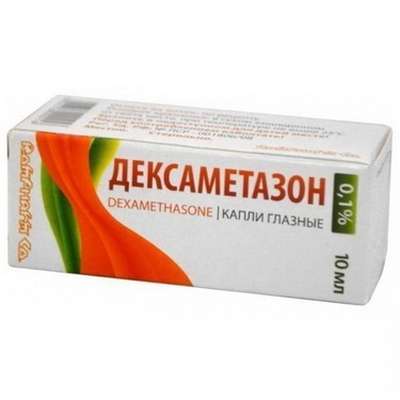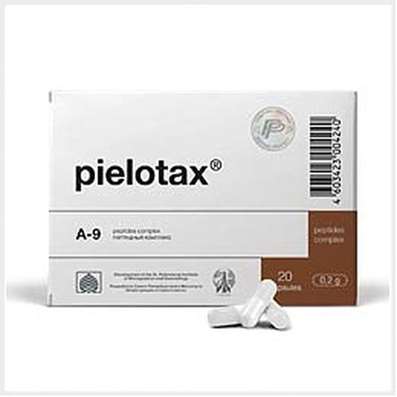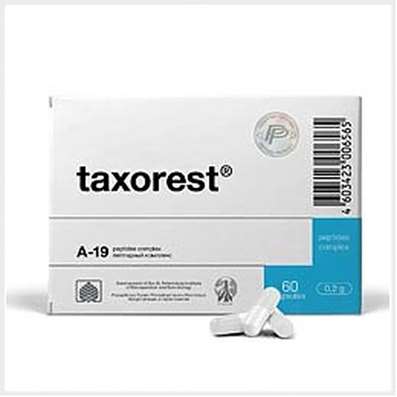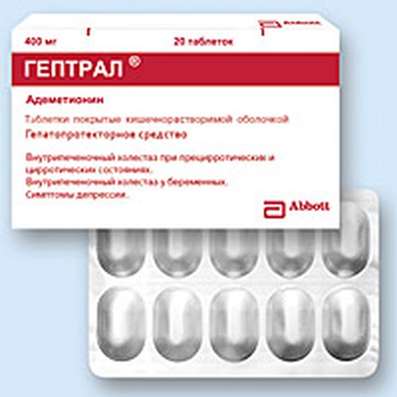Instruction for use: Moxonidine
I want this, give me price
The trade name of Moxonidine: Moksarel, MÓxogamma, Moxonidine, Moxonitex, Physiotens, Cynt
Latin name of substance Moxonidine
Moxonidinum (genus. Moxonidini)
Chemical name
4-Chloro-5- (2-imidazolin-2-ylamino) -6-methoxy-2-methylpyrimidine
Gross formula
C9H12ClN5O
Pharmacological group of substance Moxonidine
I1-imidazoline receptor agonists
The nosological classification (ICD-10)
I10 Essential (primary) hypertension: hypertension; Arterial hypertension; Arterial hypertension crisis course; Essential Hypertension; Essential hypertension; Essential hypertension; Essential hypertension; Essential hypertension; Primary hypertension; Arterial hypertension, complications of diabetes; The sudden increase in blood pressure; Hypertensive disorders of blood circulation; hypertensive condition; hypertensive crises; arterial Hypertension; malignant Hypertension; Hypertonic disease; hypertensive crises; accelerated hypertension; malignant hypertension; The aggravation of hypertensive disease; Transient hypertension; Isolated systolic hypertension
I15 Secondary hypertension: Arterial hypertension, complications of diabetes; hypertension; The sudden increase in blood pressure; Hypertensive disorders of blood circulation; hypertensive condition; hypertensive crises; hypertension; arterial Hypertension; malignant Hypertension; hypertensive crises; accelerated hypertension; malignant hypertension; The aggravation of hypertensive disease; Transient hypertension; hypertension; Arterial hypertension; Arterial hypertension crisis course; renovascular hypertension; Hypertension symptomatic; Renal hypertension; Renovascular hypertension; renovascular hypertension; Symptomatic hypertension
CAS code
75438-57-2
Pharmacology
Pharmacological action - antihypertensive.
Selectively binds the central imidazoline receptors (I1), responsible for tonic and reflex control over the sympathetic nervous system (localized in the ventrolateral region of the medulla oblongata). It is an agonist of the pre- and postsynaptic alpha2-adrenergic receptors.
Quickly and almost completely absorbed in the digestive tract. Absolute bioavailability is 88%. Cmax (1,3-2,0 mg / l) is achieved within 1 hour. Binding to plasma proteins is 5.8-7.9%, the average volume of distribution is 1.4-3 l / kg. It penetrates through the BBB. About 10% is converted into 2 metabolites with low specific activity. . Mean T1 / 2 2-3 h plasma total Cl was 0.77 L / kg, kidney - 67%. Kidneys displayed by 90% (70% - unchanged, 20% - as metabolites).
The interval between achieving Cmax and a pronounced decrease in blood pressure is 2-4 hours. A single oral intake leads to a drop in blood pressure at rest by an average of 10%, with a load of 7.7%. The duration of action is more than 12 hours (slowly removed from the central nervous system and for a long time reduces the concentration of adrenaline in the plasma). With the course of admission in a dose of 0.2 mg 1-2 times / day reduces the SAD by 27-29 mm Hg, DAD - by 15-19 mm Hg. It reduces myocardial hypertrophy of the left ventricle, neutralizes the signs of myocardial fibrosis, microarthiopathy, normalizes the capillary blood supply of the myocardium. Reduces OPSS, pulmonary vascular resistance, blood levels of renin and angiotensin II, epinephrine and norepinephrine at rest and under load, atrial natriuretic factor (under load), aldosterone. Reduces the resistance of tissues to insulin, stimulates the release of growth hormone.
Application of Moxonidine
Arterial hypertension.
Contraindications
Hypersensitivity, syndrome of weakness of the sinus node, violation of sinoatrial and AV conductivity of II-III degree, pronounced bradycardia (heart rate less than 50 beats / min), severe heart rhythm disturbances, heart failure (NYHA III and IV functional class), angioedema , Unstable angina, severe liver and / or kidney dysfunction, peripheral circulation disorders (obliterating atherosclerosis of lower extremity vessels with intermittent claudication syndrome, Raynaud's disease), Parkinson's disease, depressive disorder overt condition, epilepsy, glaucoma, pregnancy, breast-feeding, age and 18 years of age.
Application in pregnancy and breastfeeding
There are no clinical data on the negative effect on the course of pregnancy. However, care should be taken when prescribing moxonidine to pregnant women. In the period of treatment should stop breastfeeding (enters breast milk).
Side effects of Moxonidine
Dry mouth, fatigue, asthenia, headache, dizziness, sleep disturbance, drowsiness, orthostatic hypotension, peripheral edema.
Interaction
Strengthens (mutually) the effect of other antihypertensive drugs, depressants (alcohol, anxiolytics, barbiturates, neuroleptics). Tricyclic antidepressants may reduce the effectiveness of centrally acting antihypertensive agents.
Overdose
Symptoms: excessive decrease in blood pressure, dry mouth, palpitations, weakness, drowsiness.
Treatment: symptomatic. As a specific antidote, iodazoxane (an antagonist of imidazolines) is administered.
Update of information
There are reports of several cases of overdose without a fatal outcome, when doses up to 19.6 mg were applied at the same time.
Symptoms: headache, sedation, drowsiness, marked decrease in blood pressure, dizziness, asthenia, bradycardia, dry mouth, vomiting, fatigue, pain in the epigastric region, respiratory depression and impaired consciousness.
In addition, short-term increases in blood pressure, tachycardia and hyperglycemia are also possible, as shown in several studies on the study of high doses in animals.
Treatment: there is no specific antidote. In the case of a marked decrease in blood pressure, it may be necessary to restore the volume of circulating blood by introducing fluid and dopamine (injection).
Bradycardia can be stopped with atropine (injection injection). In severe cases of overdose, it is recommended to carefully monitor impairment of consciousness and not to allow respiratory depression.
Alpha-adrenoreceptor antagonists can reduce or eliminate paradoxical hypertensive effects in overdose with moxonidine.
Routes of administration
Inside.
Precautions for the substance Moxonidine
If it is necessary to cancel simultaneously taken beta-blockers and moxonidine, first abolish beta-blockers and only a few days later - moxonidine. Moxonidine may be administered with thiazide diuretics, ACE inhibitors and CCBs. It is not recommended to prescribe tricyclic antidepressants simultaneously with moxonidine.
During treatment, regular monitoring of blood pressure, heart rate and ECG is necessary. Stop taking moxonidine gradually.
Patients with a rare hereditary pathology - galactose intolerance, lactose deficiency or malabsorption of glucose-galactose should not take this drug.
During treatment, alcohol consumption is excluded, it is not recommended (especially at the beginning of treatment) to work with mechanisms requiring increased attention and quick reaction.

 Cart
Cart





